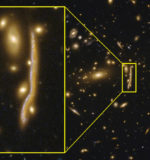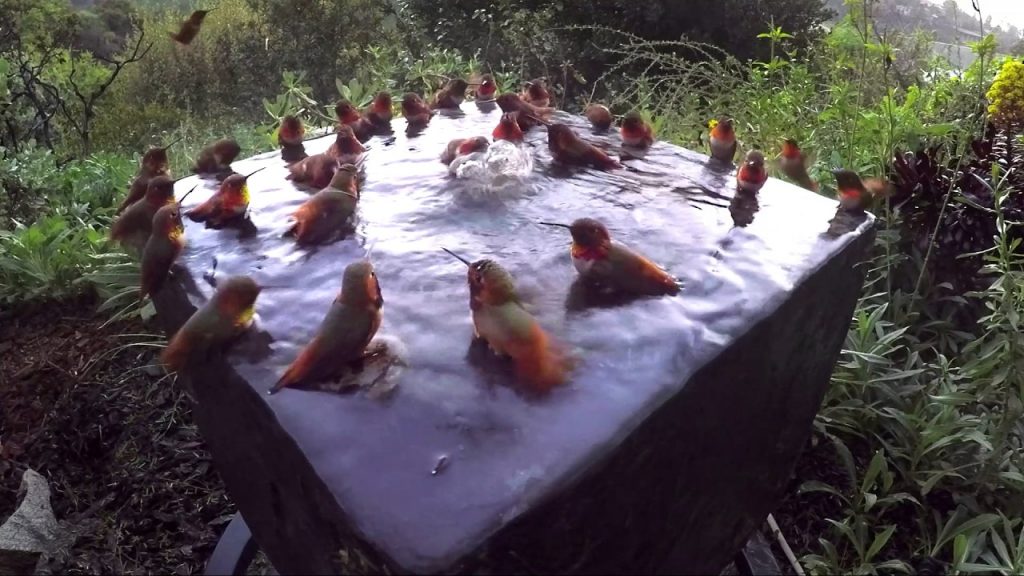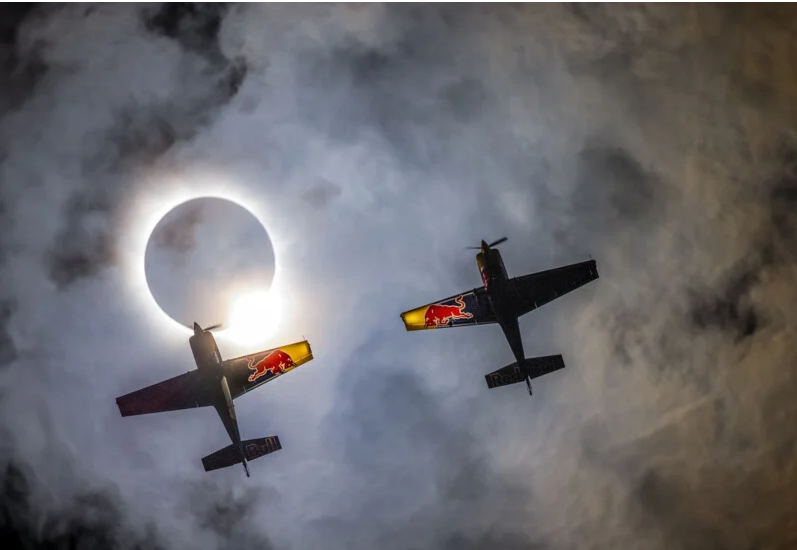This weird yet amazing Cosmic Snake galaxy is actually behind a massive galaxy cluster called MACS J1206.2-0847, but thanks to the cluster’s gravity, we can see it directly from Earth. Light from the distant galaxy arrives at Earth, having been distorted by the gigantic gravitational influence of the intervening cluster.

Fascinatingly, instead of making it more difficult to perceive cosmological objects, such strong lensing effects improve the resolution and depth of an image by magnifying the background object.
Sometimes gravitational lensing can even produce multiple images of the object as light is bent in different directions around the foreground cluster. Using Hubble, Dr. Antonio Cava of the Université de Genève and co-authors looked at several such images of the Cosmic Snake, each with a different level of magnification.
“The amplified images are more precise, luminous, and allows us to observe details up to 100 times smaller,” Dr. Cava said. The Hubble images revealed that giant clumps in high-redshift galaxies are made up of a complex substructure of smaller clumps, which contributes to our understanding of star formation in distant galaxies.
“The fact that the image of the Cosmic Snake is repeated five times at different spatial resolutions allows, for the first time, to perform a direct comparison and to establish the intrinsic structure — and size – of the observed giant clumps,” the astronomers said.
“We discovered that the giants clumps are in reality not so large and massive as suggested by previous Hubble observations, but that they are intrinsically smaller or composed by multiple and unresolved small components, something that was not possible to directly prove so far.”
The findings appear in the journal Nature Astronomy.








 Photographer Finds Locations Of 1960s Postcards To See How They Look Today, And The Difference Is Unbelievable
Photographer Finds Locations Of 1960s Postcards To See How They Look Today, And The Difference Is Unbelievable  Hij zet 3 IKEA kastjes tegen elkaar aan en maakt dit voor zijn vrouw…Wat een gaaf resultaat!!
Hij zet 3 IKEA kastjes tegen elkaar aan en maakt dit voor zijn vrouw…Wat een gaaf resultaat!!  Scientists Discover 512-Year-Old Shark, Which Would Be The Oldest Living Vertebrate On The Planet
Scientists Discover 512-Year-Old Shark, Which Would Be The Oldest Living Vertebrate On The Planet  Hus til salg er kun 22 kvadratmeter – men vent til du ser det indvendigt
Hus til salg er kun 22 kvadratmeter – men vent til du ser det indvendigt  Nearly Frozen Waves Captured On Camera By Nantucket Photographer
Nearly Frozen Waves Captured On Camera By Nantucket Photographer  It’s Official: Astronomers Have Discovered another Earth
It’s Official: Astronomers Have Discovered another Earth  Meteorite That Recently Fell in Somalia Turns Out to Contain Two Minerals Never Before Seen on Earth
Meteorite That Recently Fell in Somalia Turns Out to Contain Two Minerals Never Before Seen on Earth  Superknepet – så blir snuskiga ugnsformen som ny igen!
Superknepet – så blir snuskiga ugnsformen som ny igen! 